Japanese Shinto mythology is a fascinating blend of ancient beliefs, rituals, and stories that have shaped Japan’s culture for centuries. From tales of powerful gods and spirits to the unique rituals that honor them, Shinto mythology offers a rich tapestry of unusual and captivating facts. These stories not only explain natural phenomena but also reveal deep insights into the spiritual worldview that continues to influence Japan today.
Kami Are Not Just Gods
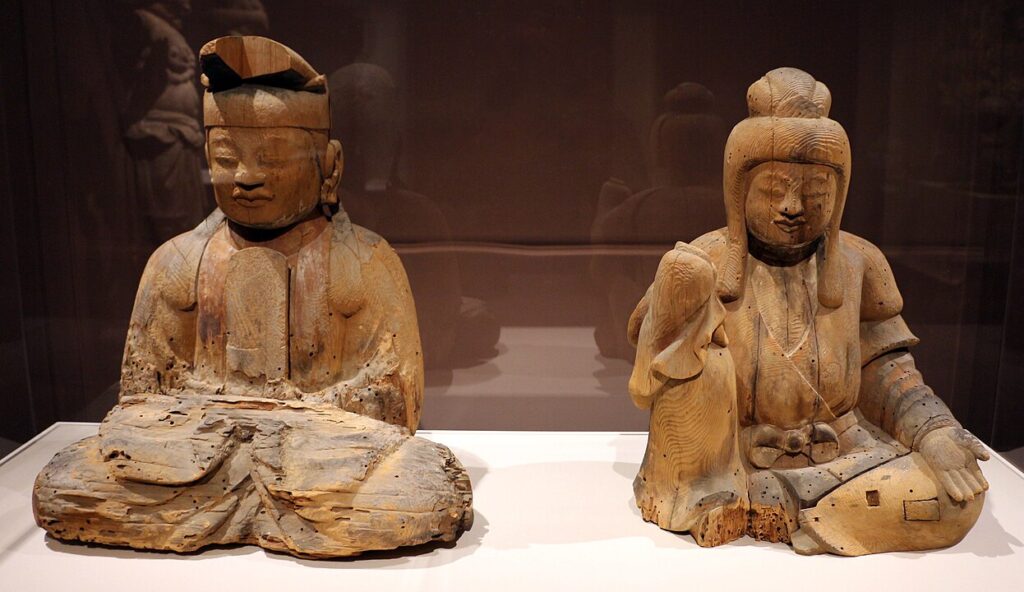
In Shinto, the term “kami” refers to spirits or deities, but these beings are not limited to gods as understood in Western religions. Kami can be forces of nature, elements of the landscape, ancestors, or even spirits of revered objects. The flexibility of this concept means that anything possessing a certain spiritual energy or significance can be considered kami. This broad definition highlights the Shinto belief in the interconnectedness of all things, where the sacred and the mundane coexist.
The Creation Myth Centers Around Two Deities
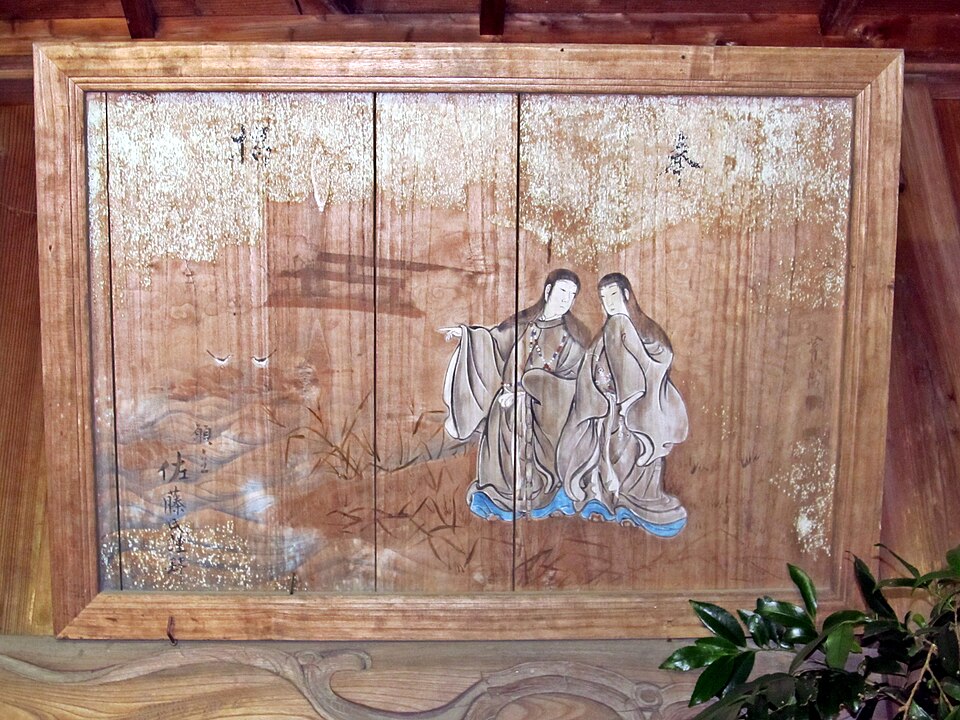
Shinto creation mythology is centered around the deities Izanagi and Izanami, who are credited with creating the islands of Japan. According to the myth, the couple used a jeweled spear to stir the primordial ocean, forming the first landmass. This myth not only explains the origins of Japan but also establishes the divine nature of the Japanese islands, reinforcing the belief that the land itself is sacred.
Amaterasu: The Sun Goddess and Ancestor of Emperors
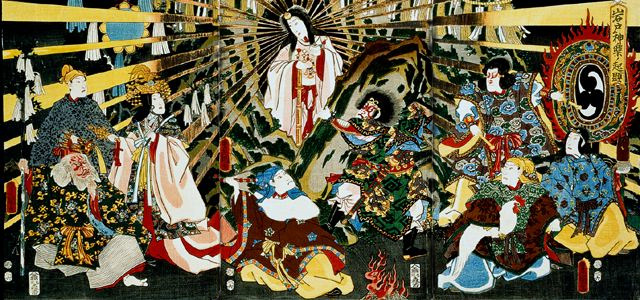
Amaterasu, the Sun Goddess, is one of the most important deities in Shinto mythology. She is believed to be the direct ancestor of the Japanese imperial family, which legitimizes their divine right to rule. The myth of Amaterasu hiding in a cave, plunging the world into darkness, and her eventual emergence signifies the cyclical nature of day and night, as well as the importance of balance in nature.
The Sacred Mirror: Yata no Kagami
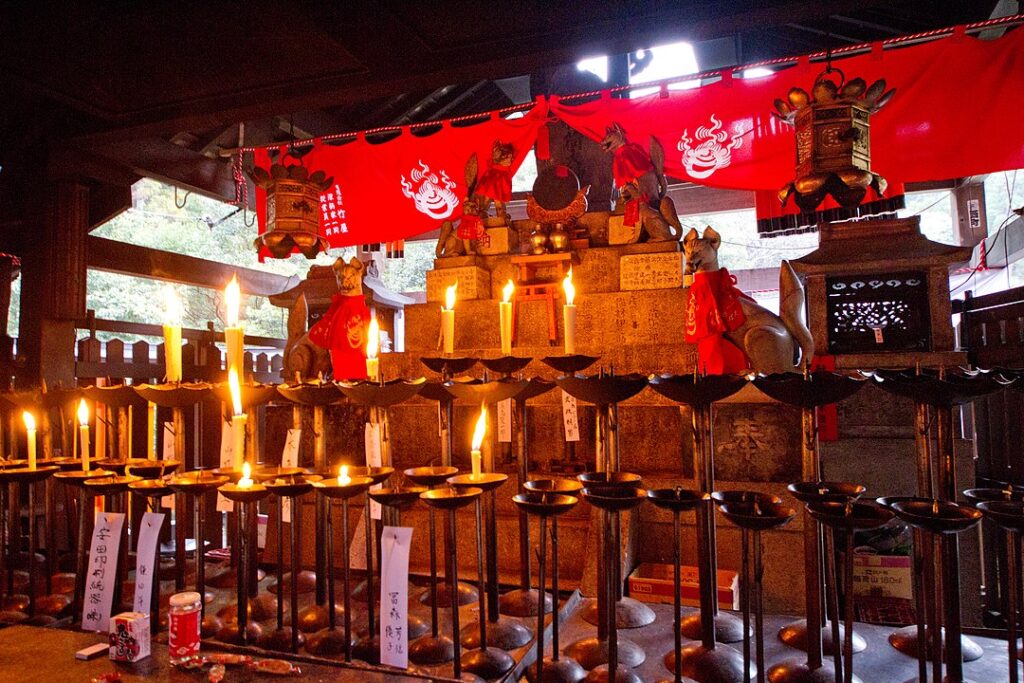
The Yata no Kagami, a sacred mirror, is one of the three Imperial Regalia of Japan, representing wisdom and truth. According to Shinto belief, it was used to lure Amaterasu out of her cave by reflecting her own light. This mirror symbolizes self-awareness and the reflection of the divine within oneself. The mirror’s inclusion in the Imperial Regalia underscores the importance of clarity and honesty in leadership.
The Toriis: Gates Between the Mundane and the Sacred
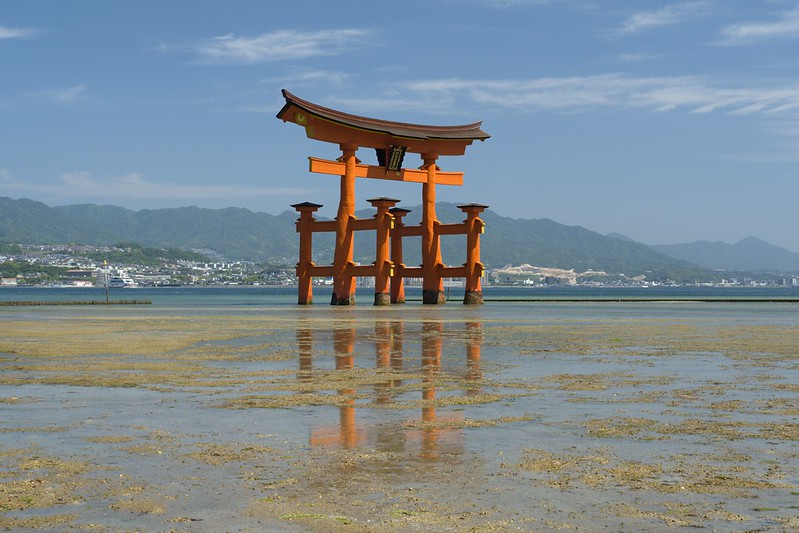
Torii gates, often seen at the entrance of Shinto shrines, are symbolic barriers between the physical world and the sacred space of the kami. Passing through a torii is believed to cleanse an individual of impurities and prepare them to interact with the divine. The design of the torii, simple yet profound, emphasizes the transition from the ordinary to the extraordinary.
Shimenawa: Sacred Ropes That Mark Holy Sites
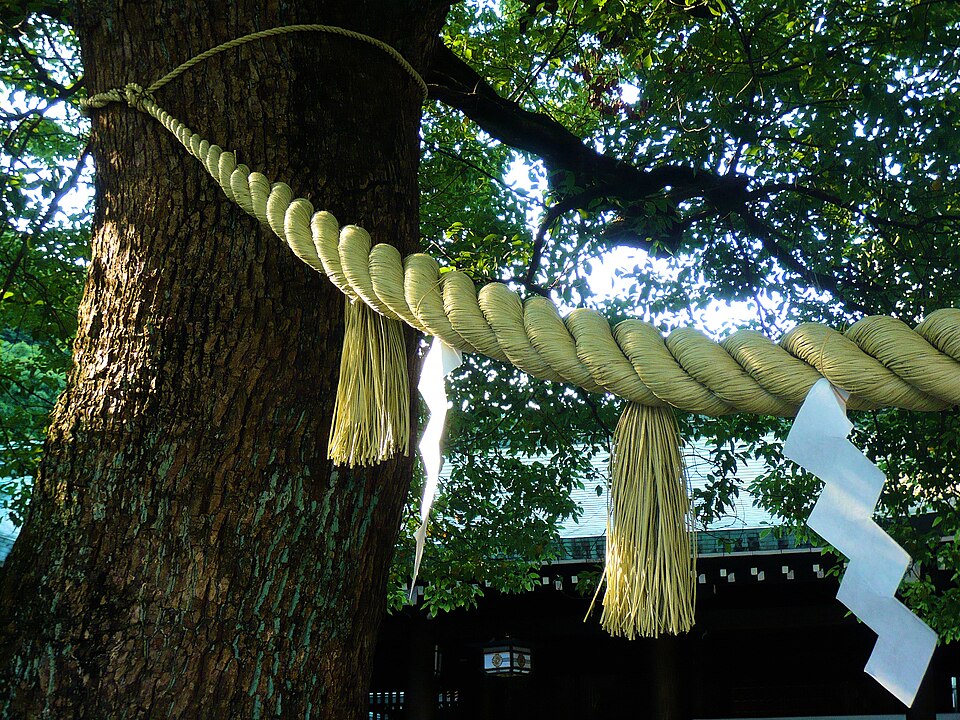
Shimenawa are thick, twisted ropes made of rice straw or hemp, often adorned with white paper strips called shide. They are used to mark sacred sites, such as trees, rocks, or shrine entrances, signifying the presence of kami. These ropes serve as protective barriers, keeping out evil spirits and preserving the sanctity of the area. Shimenawa are a physical manifestation of the boundary between the sacred and the profane.
Kagura: Ritual Dances to Entertain the Gods
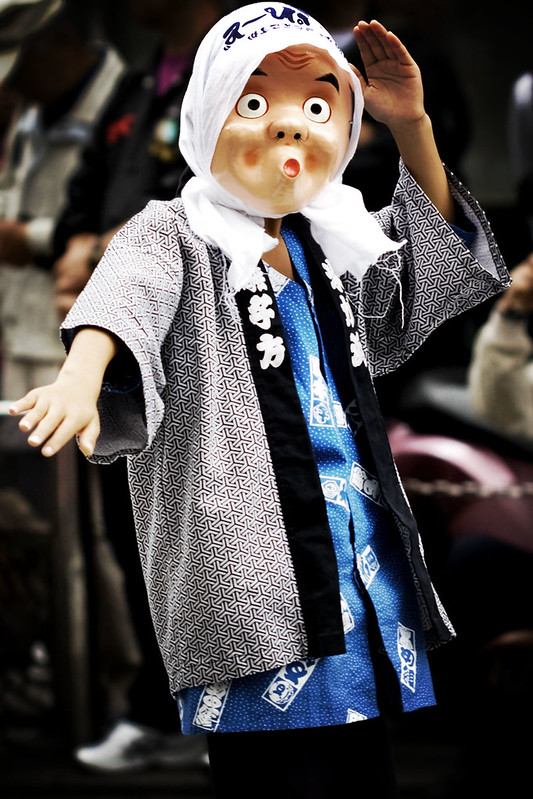
Kagura is a form of ritual dance performed at Shinto shrines to entertain and appease the kami. These dances, which can range from simple movements to elaborate performances, are believed to invoke the presence of the gods. Kagura plays a crucial role in Shinto ceremonies, where music, dance, and theater converge to create a bridge between humans and the divine.
The Concept of Tsumi: Ritual Impurity
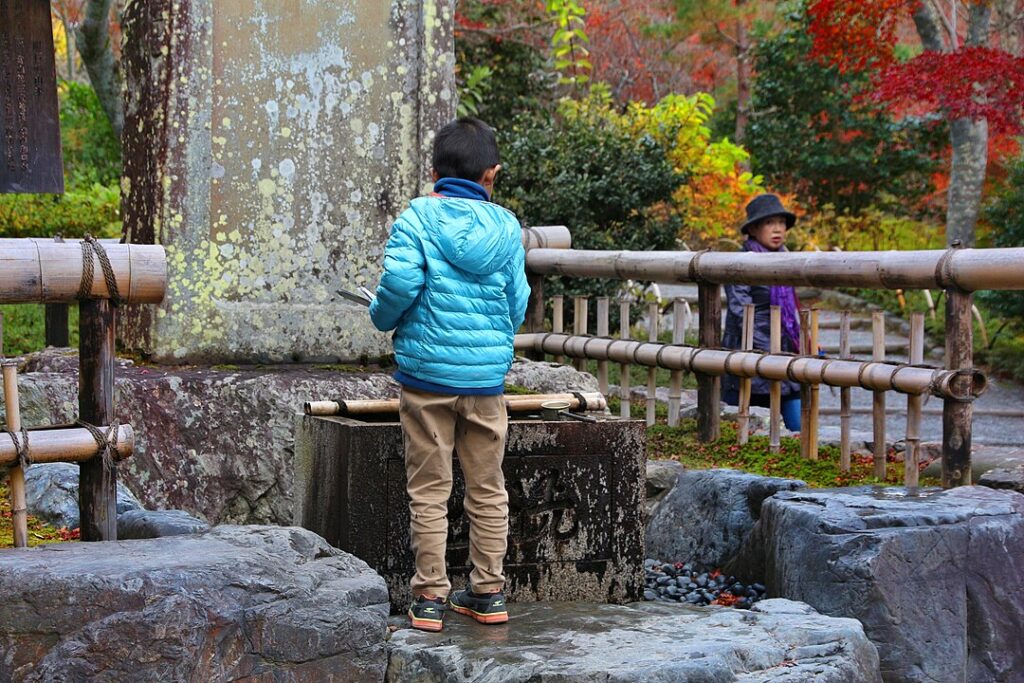
Tsumi refers to impurity or pollution in Shinto, which can arise from negative actions, contact with death, or natural disasters. Unlike the concept of sin in other religions, tsumi is not a moral failing but a condition that disrupts the harmony between humans and the kami. Ritual purification, such as the practice of misogi (washing in water), is essential to restoring balance and maintaining spiritual cleanliness.
Yomi: The Underworld in Shinto Beliefs
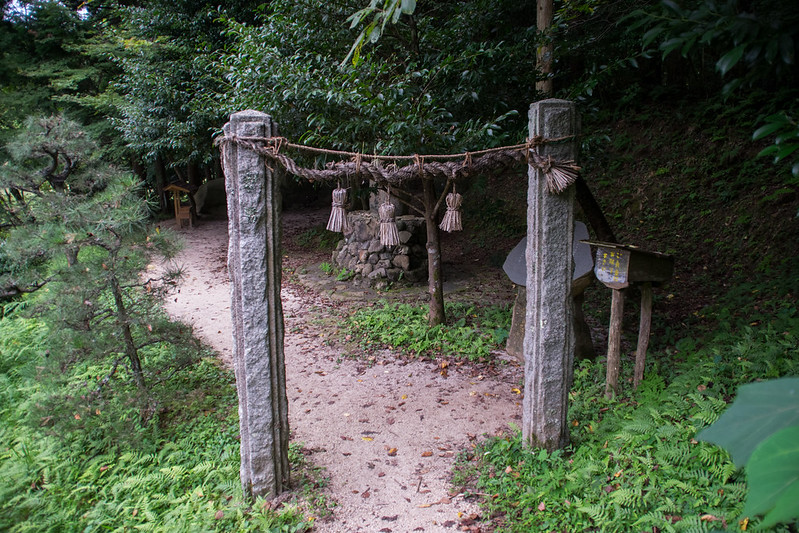
Yomi, the land of the dead in Shinto mythology, is a shadowy and bleak realm where souls go after death. The story of Izanami’s descent into Yomi and her transformation into a vengeful spirit underscores the Shinto view of death as a source of impurity. Unlike Western notions of the afterlife, Yomi is not a place of eternal reward or punishment but rather a continuation of existence in a different form.
Kami Can Be Malevolent or Benevolent
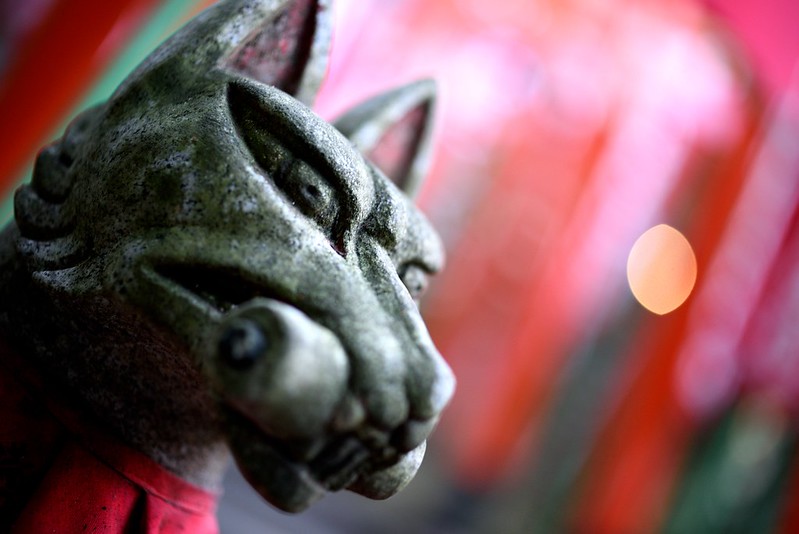
In Shinto, kami are not inherently good or evil; they can possess both positive and negative qualities. This duality reflects the Shinto belief that all things contain a balance of forces. Some kami may require offerings and rituals to appease them, while others are naturally benevolent and protective. This nuanced understanding of spiritual forces emphasizes the importance of maintaining harmony and respect in all interactions with the divine.
Shinto Shrines Are Often Dedicated to Specific Kami
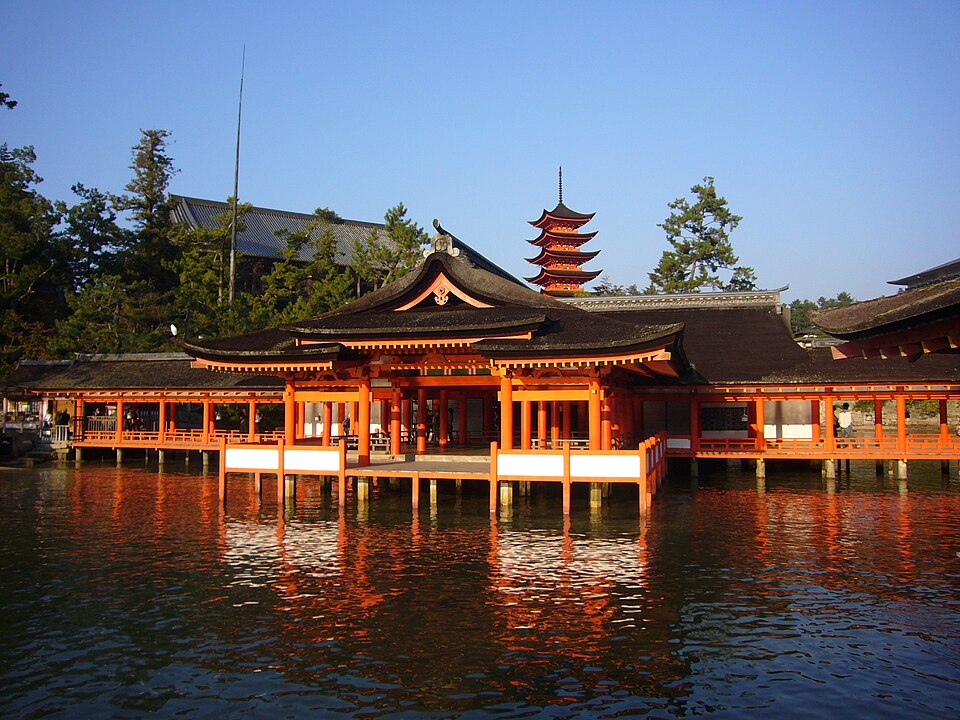
Each Shinto shrine is typically dedicated to a specific kami, reflecting the localized and nature-centered aspects of the religion. These shrines serve as homes for the kami, where rituals, festivals, and offerings are conducted to honor them. The architecture of these shrines varies greatly, often designed to blend with their natural surroundings, further emphasizing the connection between the kami and the environment.
The Importance of Matsuri: Festivals for the Kami
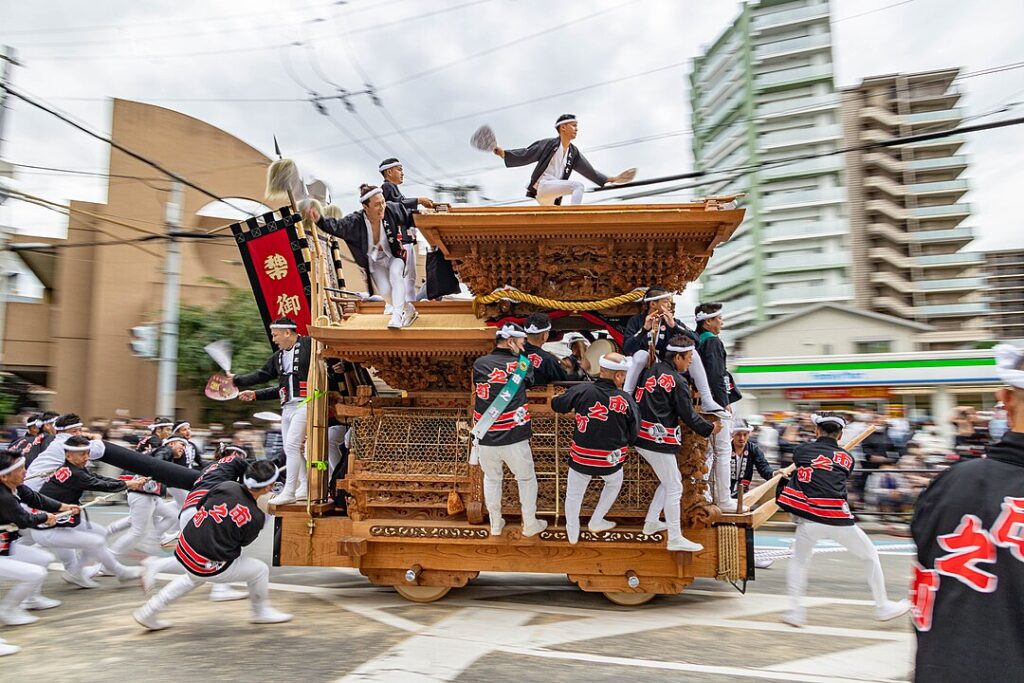
Matsuri are traditional festivals held to honor the kami, featuring processions, dances, and offerings. These festivals are community events that reinforce the bond between people and the gods, often coinciding with agricultural cycles or significant natural events. Matsuri play a vital role in maintaining the relationship between the divine and the everyday lives of the people, ensuring the continued favor and protection of the kami.
Omikuji: Sacred Fortune-Telling at Shrines
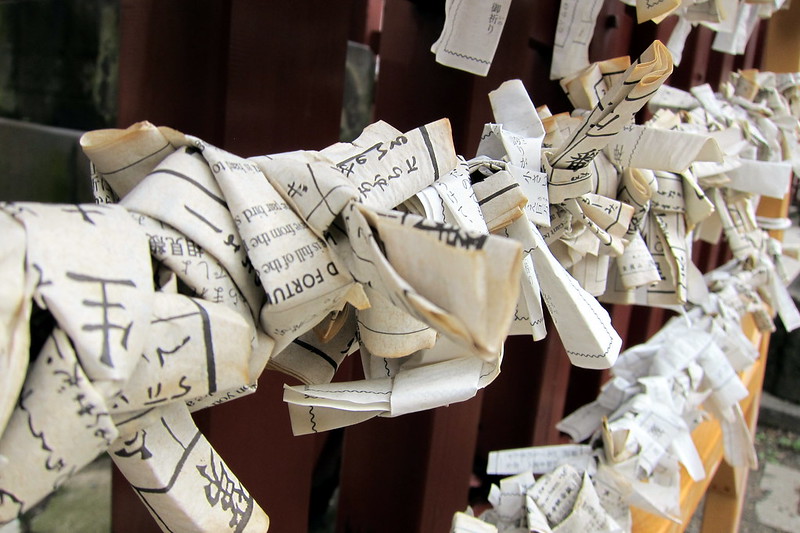
Omikuji are paper fortunes found at Shinto shrines, offering guidance on various aspects of life, such as health, love, and business. These fortunes can range from “great blessing” to “great curse,” and individuals often tie the negative fortunes to a designated tree or structure at the shrine to leave the bad luck behind. Omikuji highlight the Shinto belief in fate and the importance of aligning oneself with the will of the kami.
The Role of Fox Spirits (Kitsune) in Shinto
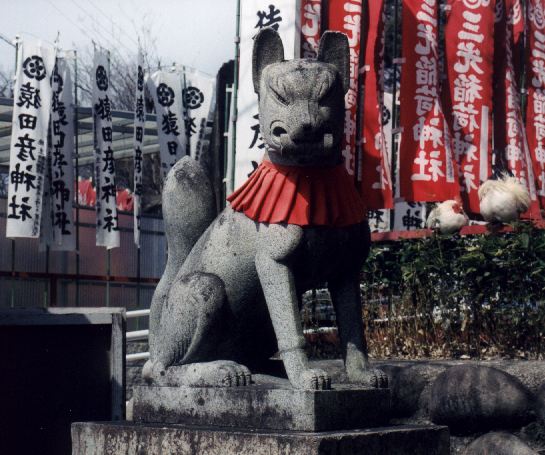
Kitsune, or fox spirits, are often associated with the kami Inari, the deity of rice, fertility, and prosperity. These spirits are considered messengers of Inari and are believed to possess magical abilities, such as shape-shifting. Kitsune are both revered and feared in Shinto folklore, symbolizing the unpredictable and powerful nature of the divine. The presence of fox statues at Inari shrines reflects their importance in the Shinto pantheon.
The Sacred Sword: Kusanagi-no-Tsurugi
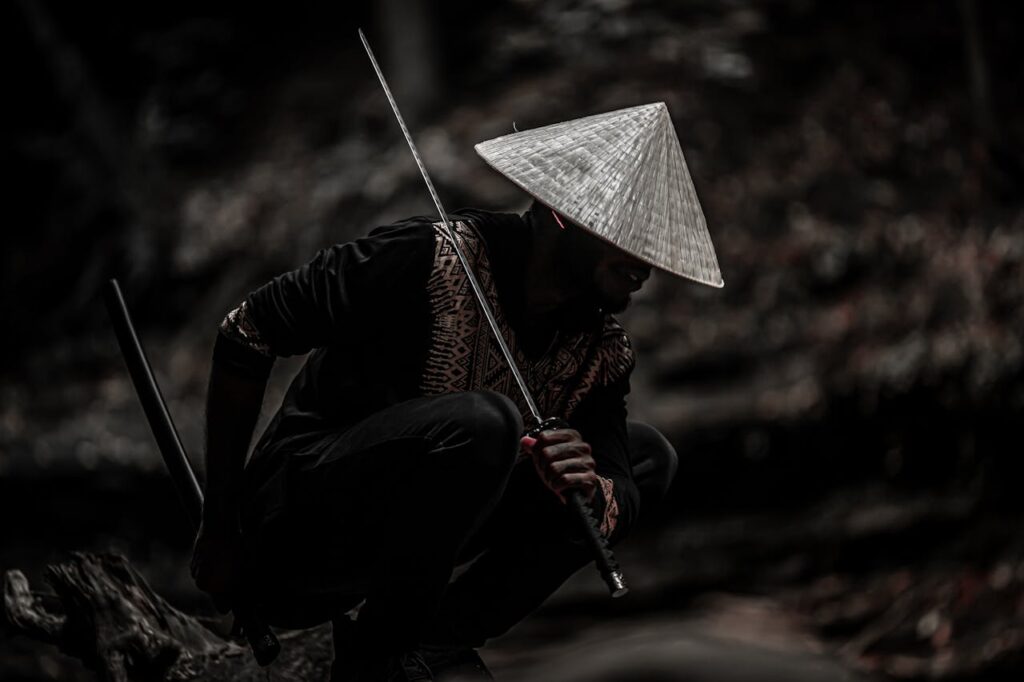
Kusanagi-no-Tsurugi is another one of the three Imperial Regalia of Japan, symbolizing valor and courage. According to legend, this sword was found in the tail of a dragon and later given to Amaterasu’s grandson, Ninigi, when he descended to Earth. The sword is a powerful symbol of the divine authority of the Japanese emperor and the enduring strength of the nation.
The Concept of Musubi: The Divine Power of Creation

Musubi is a central concept in Shinto, representing the creative and harmonizing power of the kami. It is the force that brings together and binds all things, allowing life to flourish. Musubi is often invoked in rituals to encourage growth, harmony, and prosperity. This concept underscores the Shinto focus on the interconnectedness of all life and the importance of maintaining balance in the world.
The Importance of Nature in Shinto Beliefs
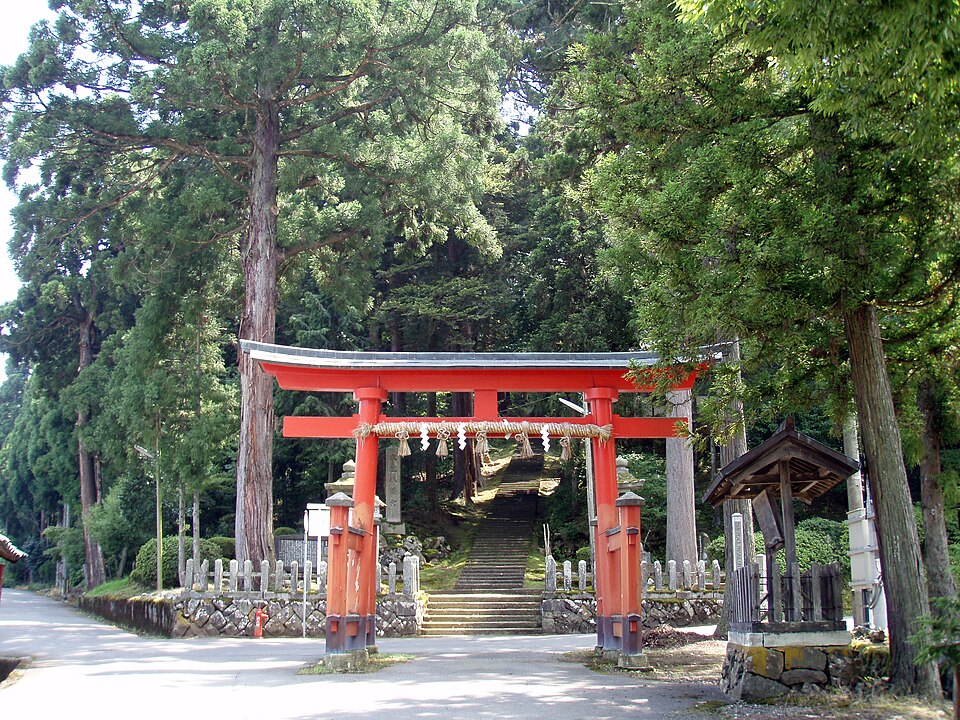
Shinto places a strong emphasis on the sanctity of nature, with mountains, rivers, trees, and rocks often considered homes of the kami. Natural sites are frequently designated as sacred and are protected from harm. This reverence for nature is reflected in the design of Shinto shrines, which are often built in harmony with their surroundings. The belief in the spiritual essence of nature highlights the Shinto view that all aspects of the natural world are interconnected and deserving of respect.
The Role of Priests and Priestesses in Shinto

Shinto priests and priestesses, known as kannushi and miko, respectively, are responsible for performing rituals, maintaining shrines, and serving as intermediaries between the kami and the people. Miko, often young women, perform sacred dances and assist in ceremonies, while kannushi oversee the spiritual and administrative functions of the shrine. Their roles are essential in preserving the traditions and practices of Shinto, ensuring that the connection between the human and divine realms remains strong.
The Concept of Onryo: Vengeful Spirits
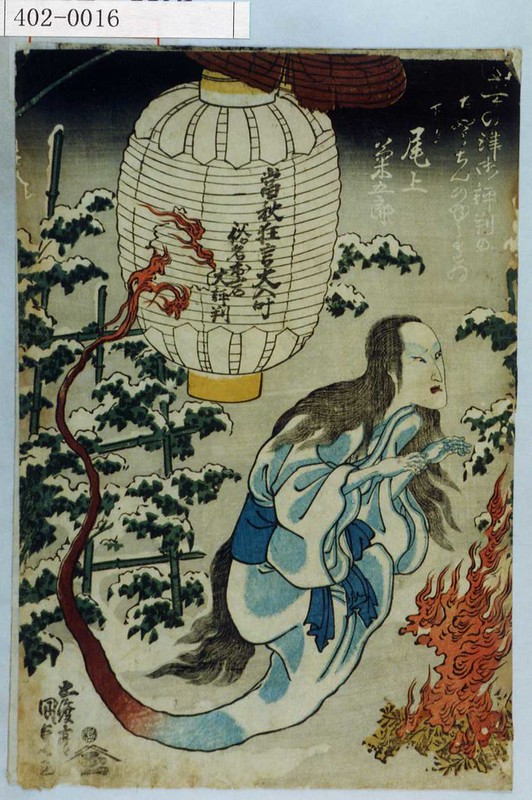
Onryo are spirits in Shinto belief who return from the dead to seek vengeance for wrongs done to them in life. These spirits are often the focus of rituals aimed at appeasing them and preventing harm. The belief in onryo reflects the Shinto understanding of the lingering power of emotions and the importance of addressing unresolved grievances to maintain harmony in the world.
The Influence of Shinto on Japanese Culture
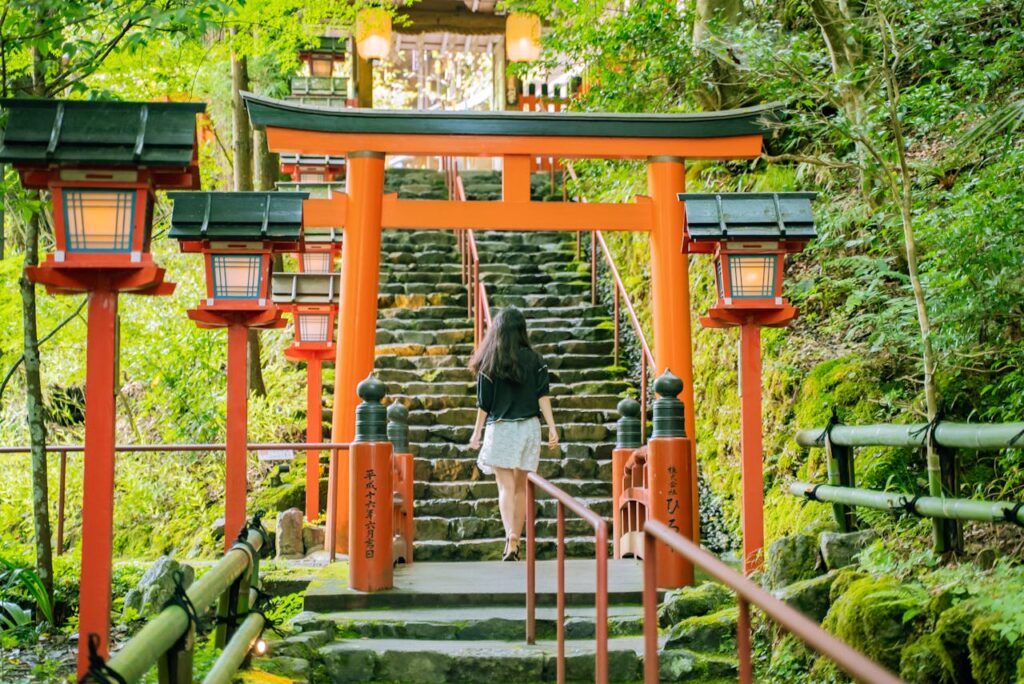
Shinto has profoundly influenced Japanese culture, from art and literature to daily practices and national identity. Many traditional Japanese customs, such as seasonal festivals, agricultural rituals, and practices like tea ceremonies, have their roots in Shinto beliefs. The religion’s focus on purity, respect for nature, and the reverence for ancestors continues to shape Japanese society, making Shinto not just a religion but a way of life that permeates all aspects of Japanese culture.
This article originally appeared on UnifyCosmos.
More from UnifyCosmos
23 Essential Home Repairs Singles Shouldn’t Ignore

In this article, we will highlight essential home repairs that individuals living alone should not ignore to ensure their safety, comfort, and the longevity of their home. Read more!
21 Simple DIY Projects to Upgrade Your Home

From refreshing your walls with a new coat of paint to creating custom storage solutions, these projects are easy to tackle and budget-friendly. Whether you’re a seasoned DIY enthusiast or just getting started, these ideas will inspire you to make impactful changes in your home. Read more!
23 Surprising Health Benefits of Common Herbs and Spices

From boosting immunity to improving digestion, incorporating herbs and spices into our diets can lead to a healthier lifestyle. Let’s explore some of the remarkable benefits these kitchen staples can provide. Read more!
Leave a Reply